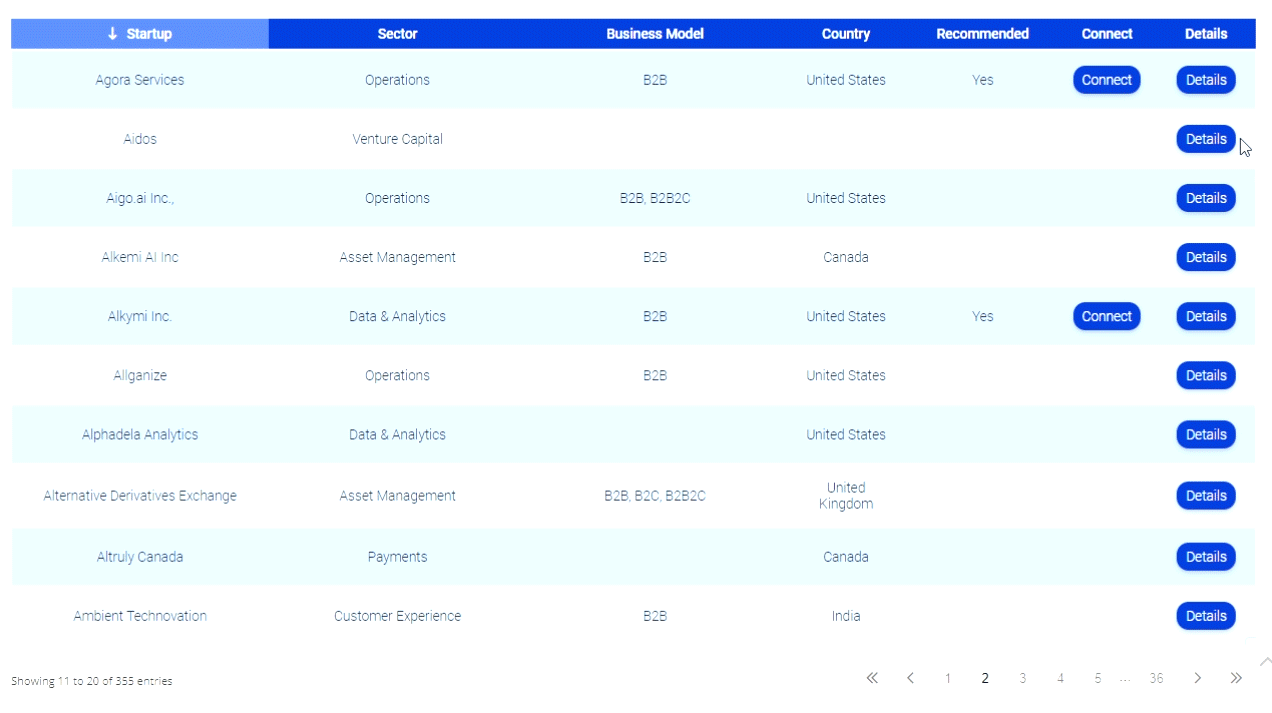5 Questions with Citi Ventures MD Matt Carbonara
In this monthly Q&A segment, Bank Innovation directs five questions to executives and industry thought leaders who highlight technology and innovation trends in financial services, exploring strategy and best practices in leading financial institutions.
Getting a hole-in-one on the golf course isn’t easy. Neither is specializing in automation fintechs, in which an investor must always be hitting metaphoric holes-in-ones. Matt Carbonara can speak to both. Carbonara is managing director of venture investing for Citibank’s Citi Ventures, the $2 trillion bank’s venture investment firm and incubator. Digital evolution is key […]













